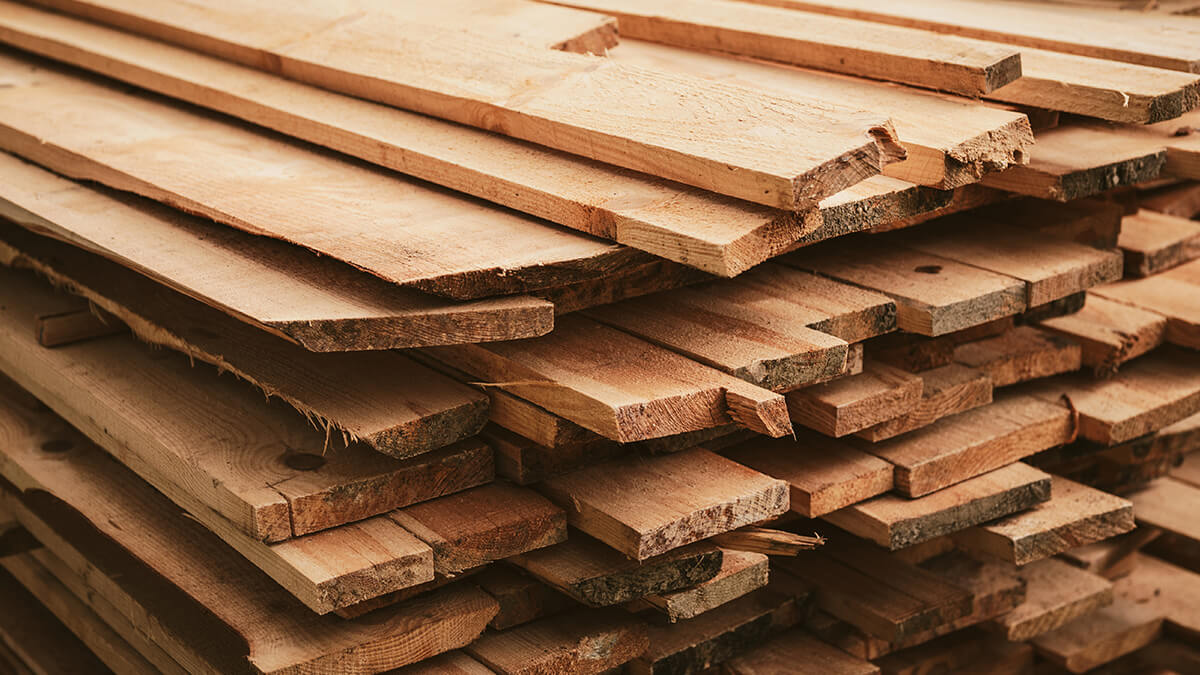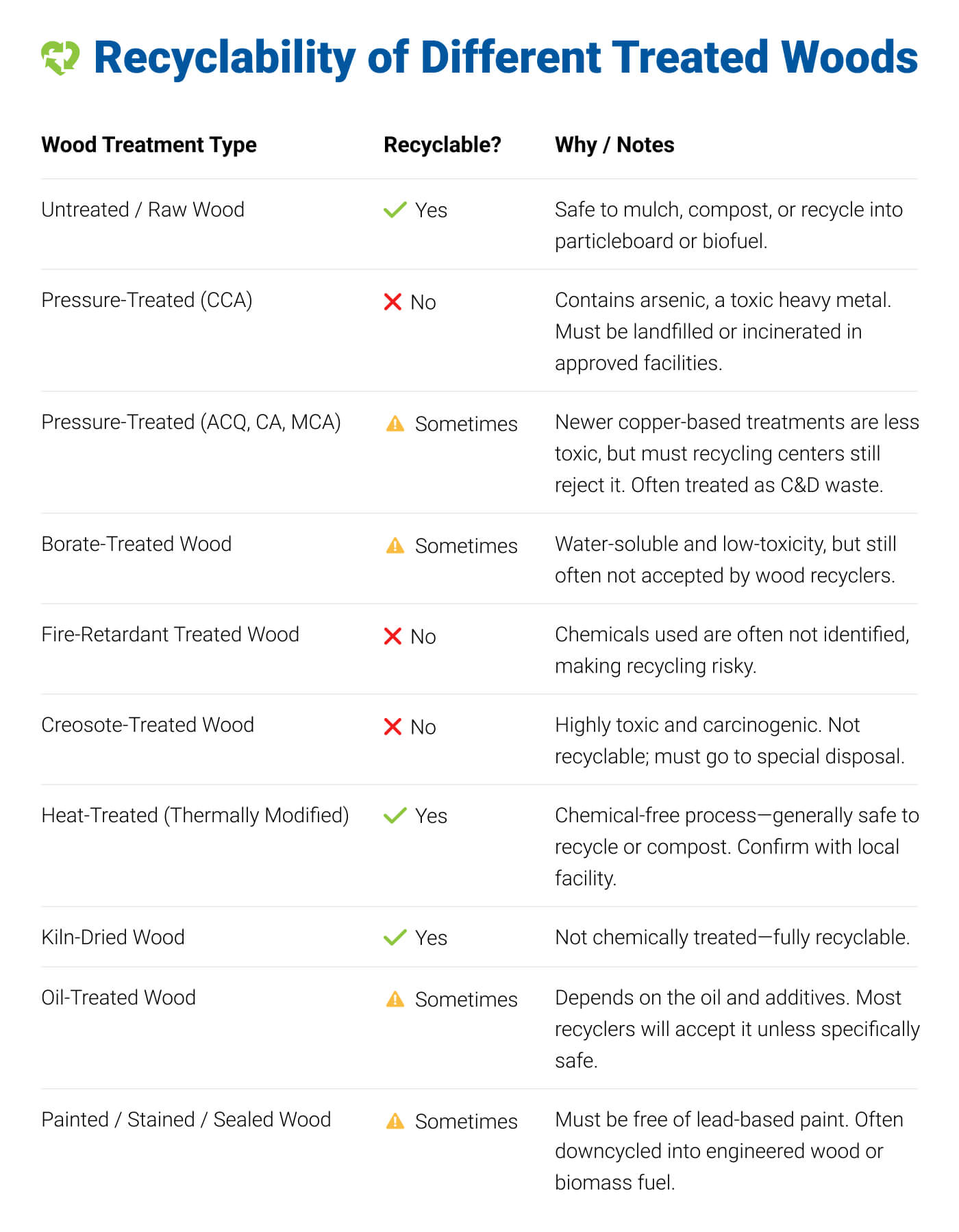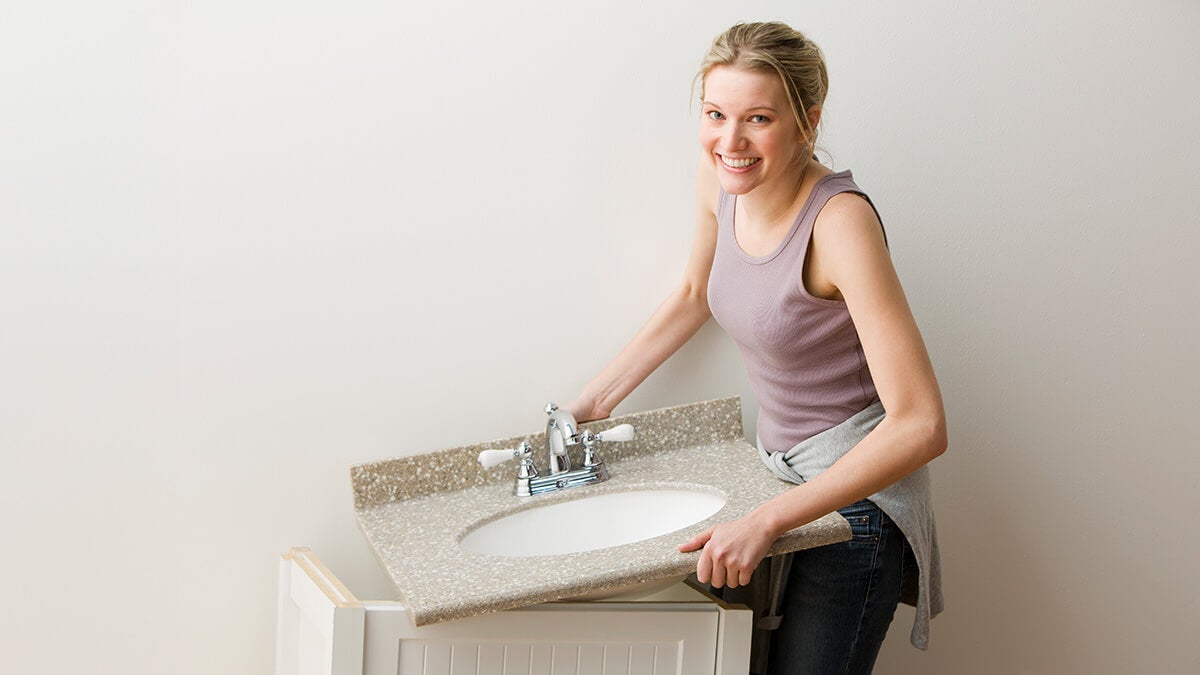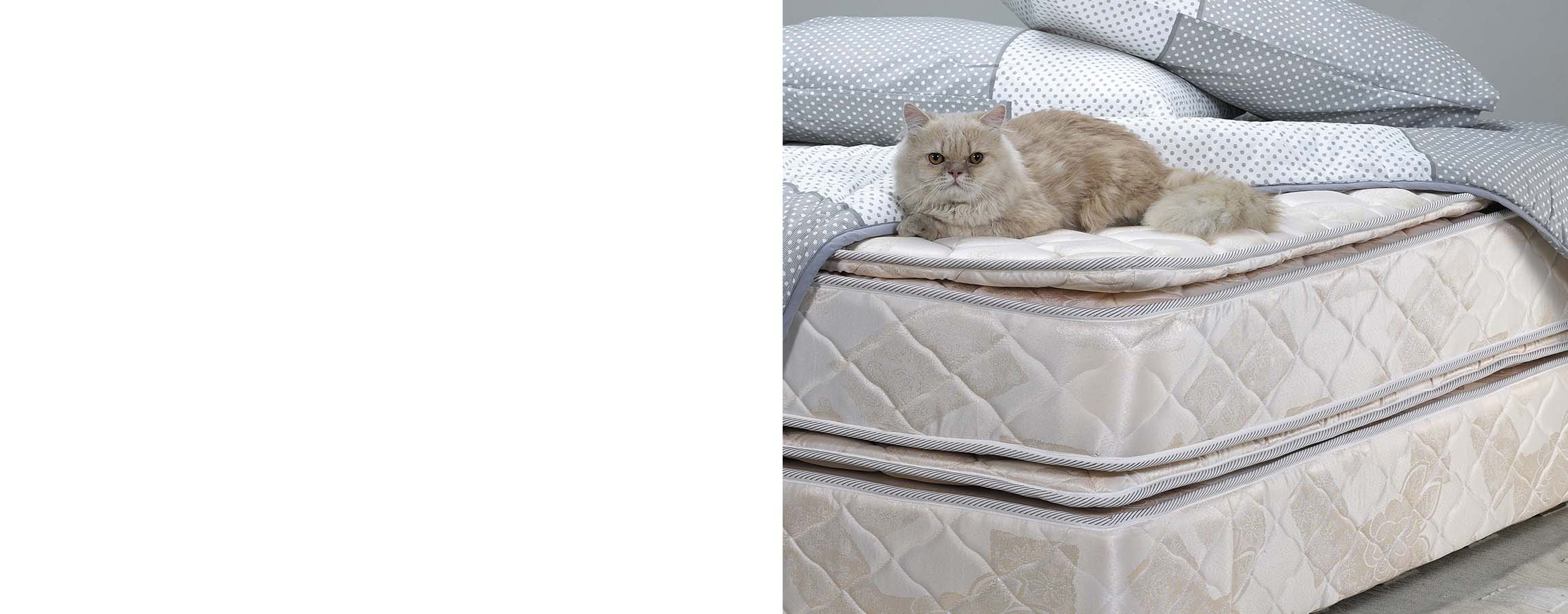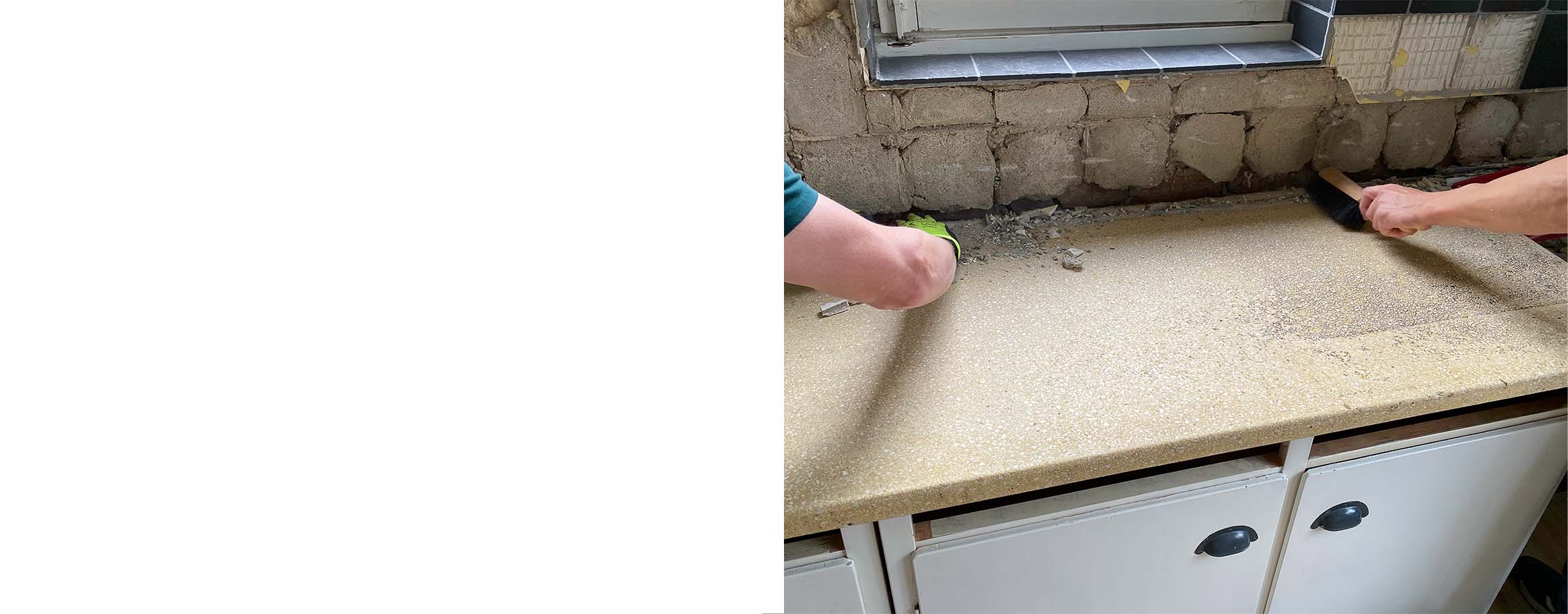Home improvement projects often leave behind piles of scrap wood—whether it’s from a new deck, an old fence, or a DIY shelving unit. Homeowners, renters, contractors, and DIYers alike can find themselves wondering: Is this wood recyclable or garbage? Can I throw it in the trash, or is there a better way to get rid of it? The answer depends on the type of wood you’re dealing with.
Some wood, like untreated lumber, is recyclable or reusable. Others, like pressure-treated or painted wood, require special care. If you’re staring at a stack of boards or lumber offcuts and feeling unsure, don’t worry—you’re not alone. In this article, we’ll walk you through exactly how to dispose of wood safely, responsibly, and (when possible) sustainably.
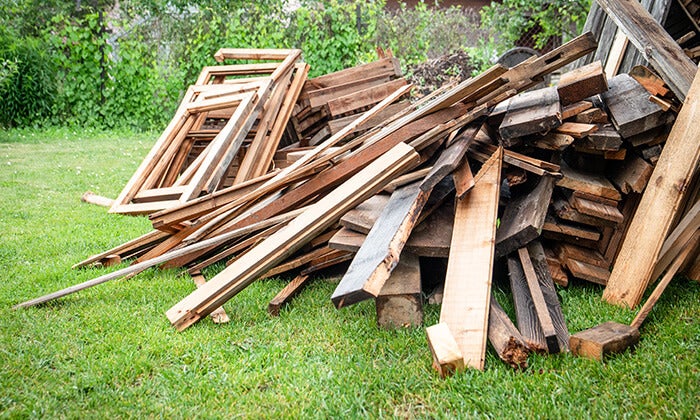
Where to recycle or dispose of wood
There are several responsible ways to handle wood disposal depending on the condition and type of wood. Here’s how to manage scrap wood, lumber, and treated timber:
Donate usable lumber
How it works: If your leftover lumber is in good condition, many community organizations, schools, or building reuse centers will accept it.
Where: Check with your local Habitat for Humanity ReStore, woodworking clubs, or community centers.
Best for: DIYers and homeowners with extra wood from projects.
Suitable for: Untreated, clean wood only. No paint, stain, or chemicals.
Repurpose for DIY or home projects
How it works: Scrap wood and lumber can be reused for garden beds, shelves, crafts, or even pet enclosures.
Where: Your own garage or backyard.
Best for: Anyone looking to get creative and reduce waste.
Suitable for: Untreated or lightly painted wood (non-toxic finishes).
Drop off at a wood recycling or C&D facility
How it works: Many cities have construction and demolition (C&D) recycling centers that accept clean wood waste.
Where: Search “where to recycle wood” in your area or contact your local waste authority.
Best for: Contractors or homeowners with large amounts of lumber.
Suitable for: Mostly untreated wood. Treated or composite wood is often not accepted.
Schedule curbside bulk pickup (where available)
How it works: Some municipalities offer curbside pickup for bulk waste, including scrap lumber.
Where: Check your city or county’s waste collection site.
Best for: Homeowners without access to a truck.
Suitable for: Both treated and untreated wood, depending on local rules.
Compost or mulch (for small scraps only)
How it works: Untreated wood can be chipped and composted or used as mulch.
Where: Your backyard compost pile or local green waste facility.
Best for: Gardeners and eco-conscious homeowners.
Suitable for: Only untreated, unpainted wood.
Use as firewood (caution!)
How it works: Some clean, dry, untreated wood can be safely burned in fire pits or wood stoves.
Where: Your home (if safe and legal).
Best for: Those with wood-burning setups.
Suitable for: Untreated wood only—burning treated or painted wood releases harmful chemicals.
Hire a junk removal service
How it works: Our truck team hauls away your wood and ensures it’s disposed of properly—whether through donation, recycling, or, as a last resort, the landfill.
Where: Schedule a pickup online or call 1-800-468-5865.
Best for: Anyone with a large pile of wood, heavy pieces, or no way to transport it.
Suitable for: Both untreated and treated wood (with restrictions in some areas—call ahead).
We’re happy to help with all kinds of renovation, remodeling, or construction debris.

